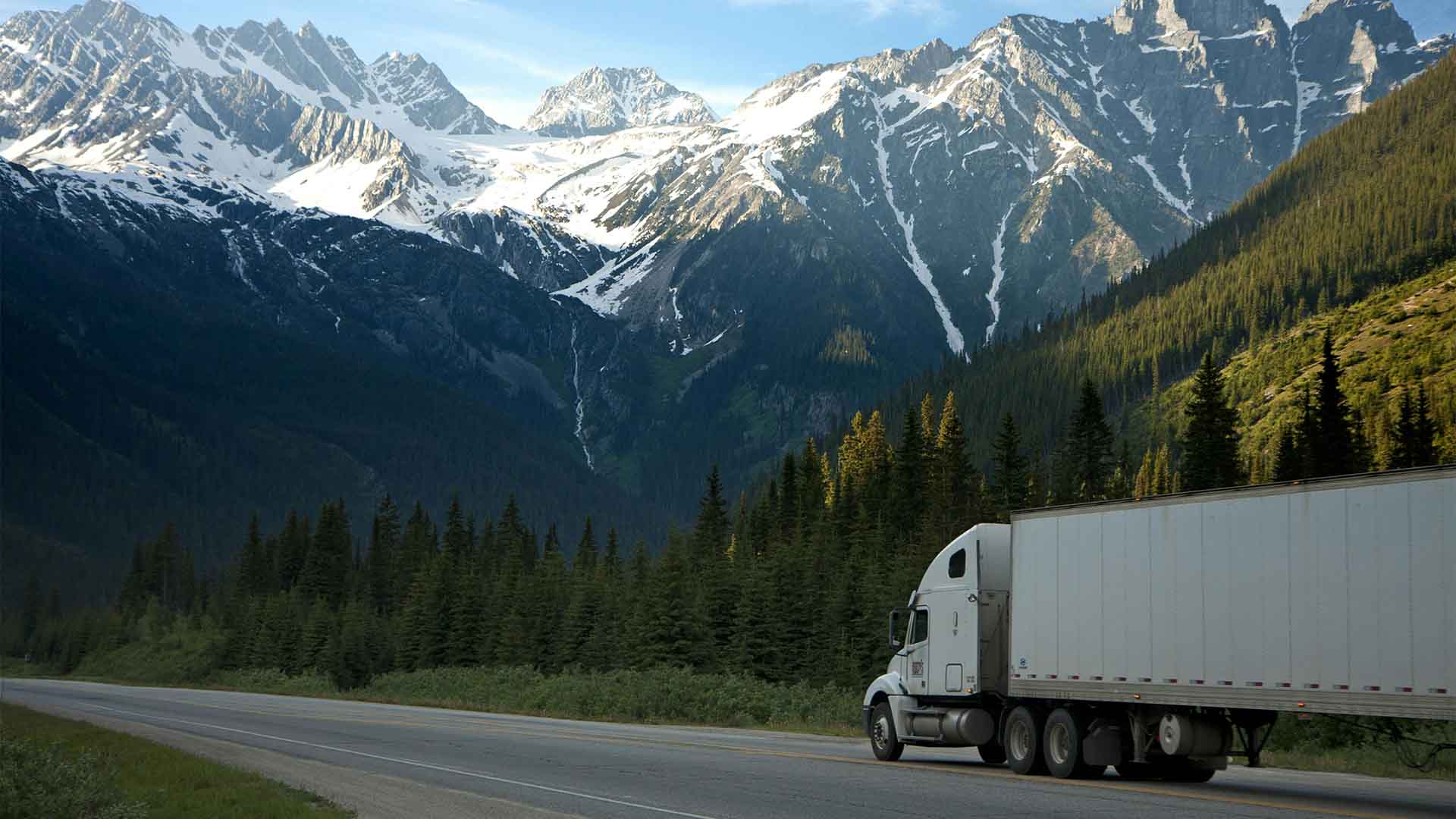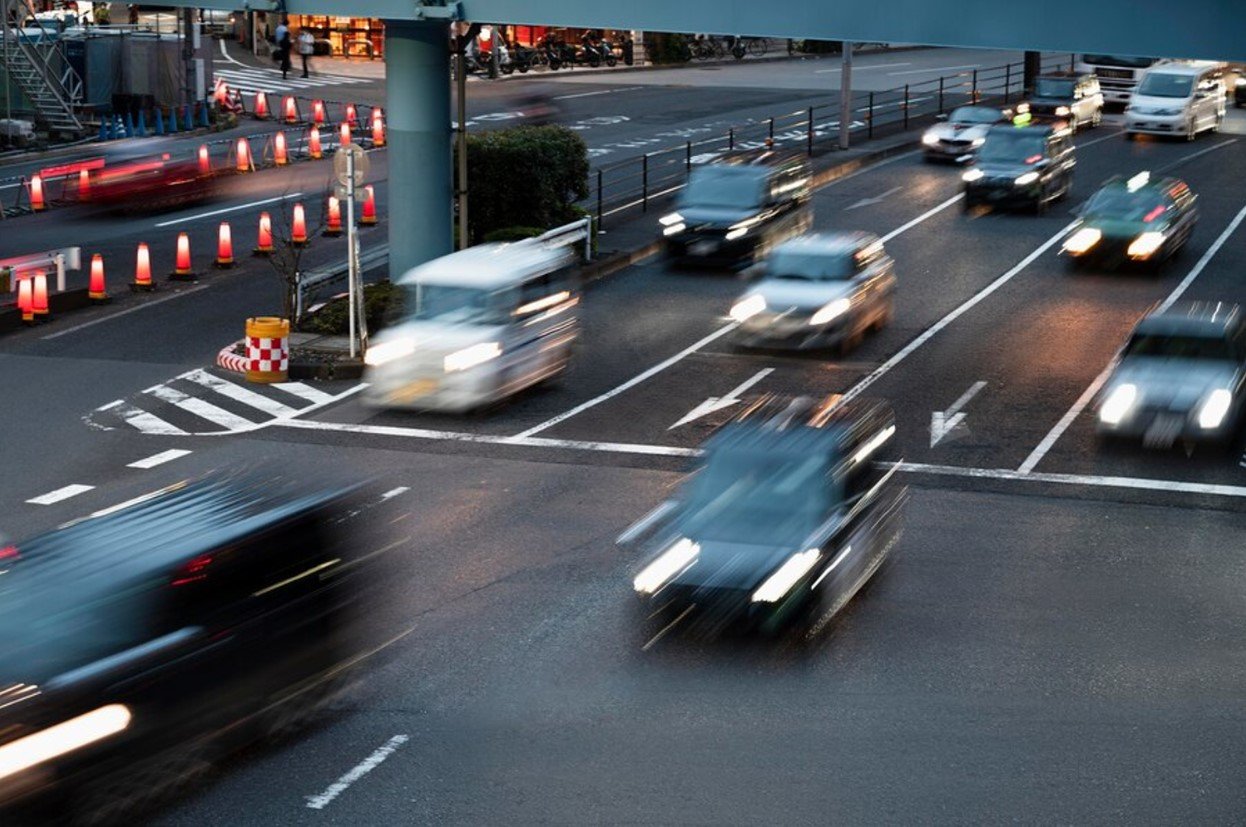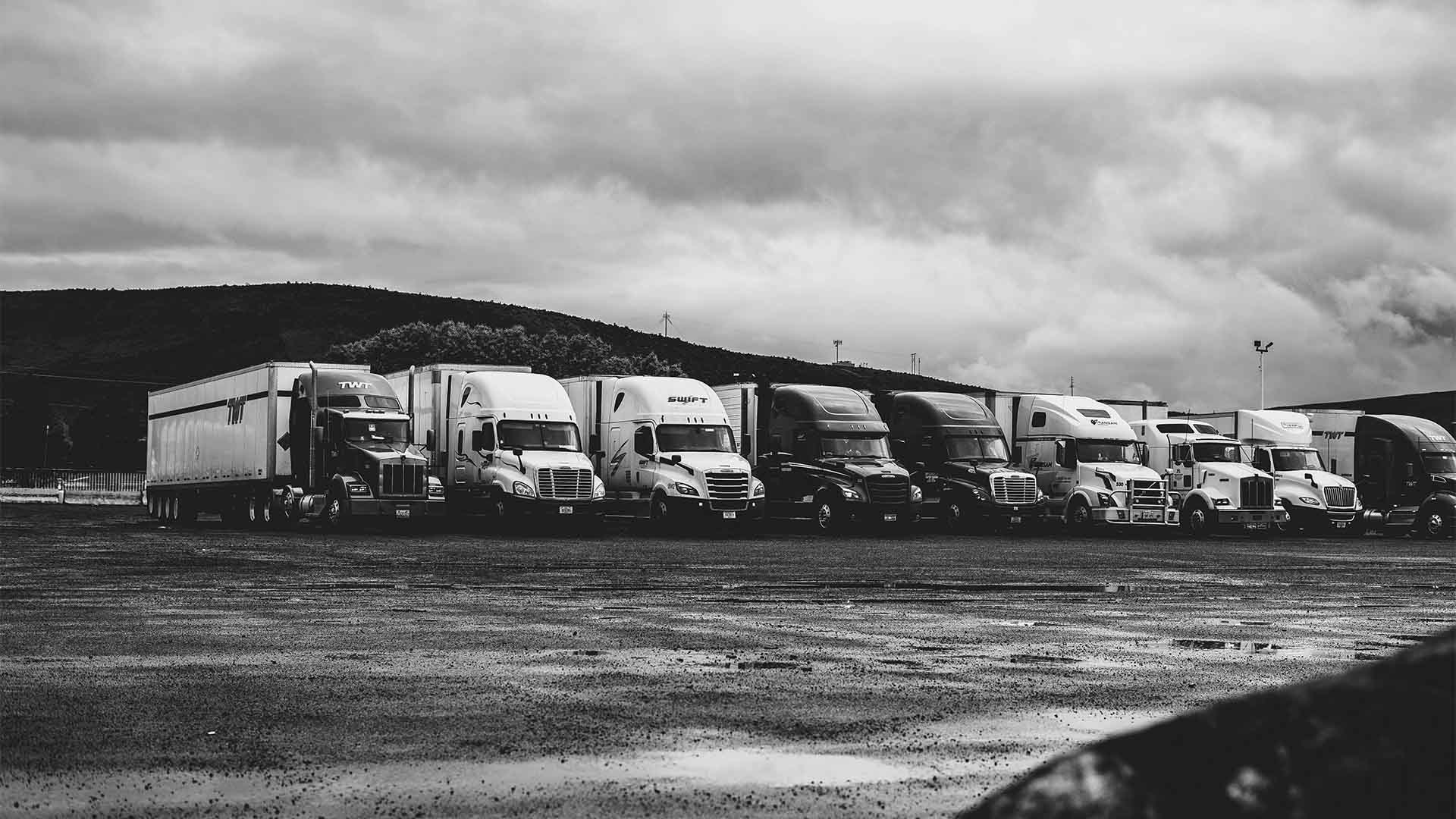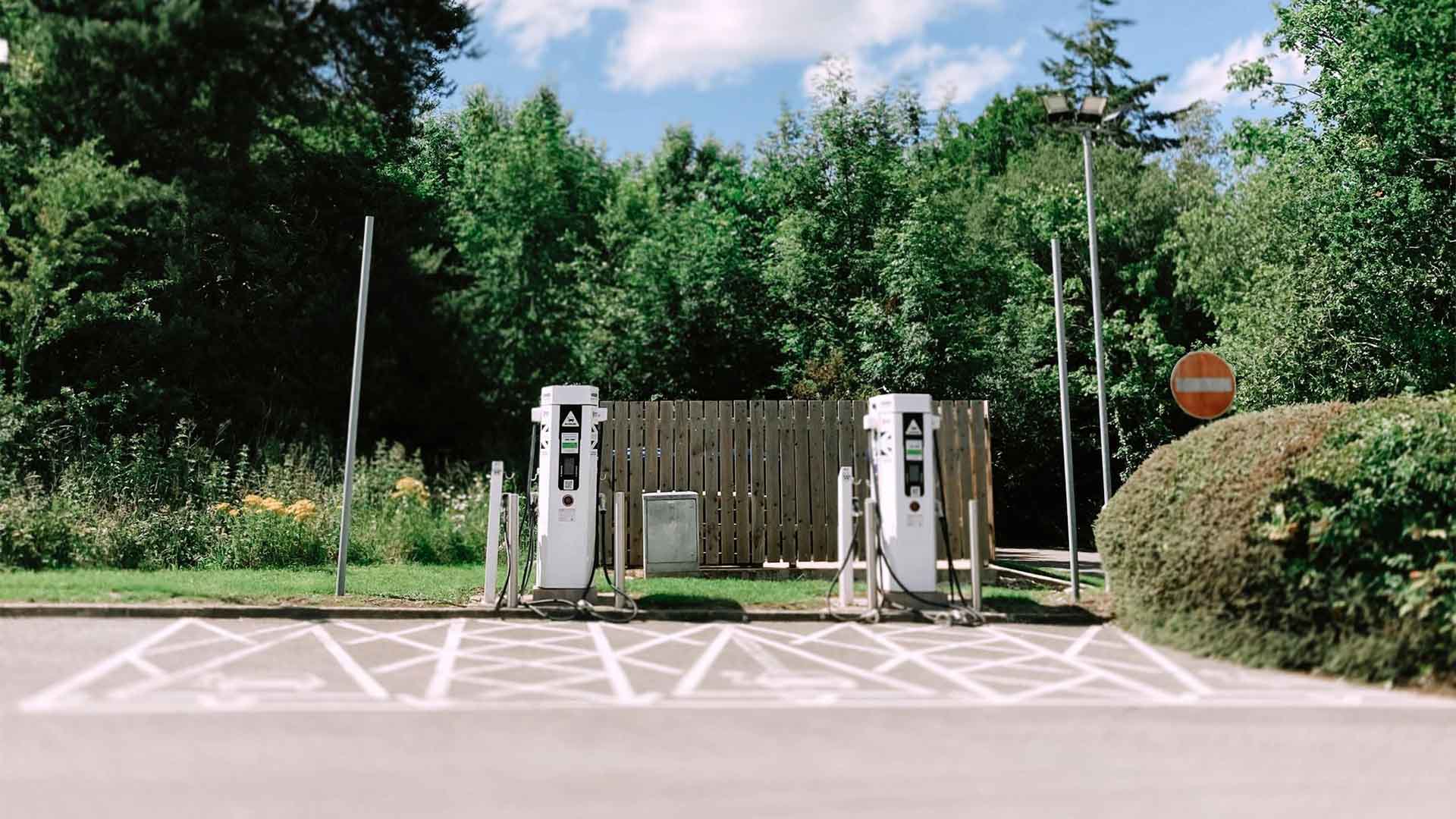New Report Reveals California’s Zero-Emission Trucking Triumph
California has achieved a major milestone in its environmental efforts. In 2023, the state doubled the sales of new zero-emission medium- and heavy-duty trucks compared to the previous year.
These trucks now reportedly represent one out of every six new vehicles sold, serving sectors like last-mile delivery and freight transportation.
Governor Newsom's Vision in Action
Governor Gavin Newsom praised the state’s progress, stating, “California is once again proving what can be done by turning ambition into action.”

Source: Wikimedia
“We’re achieving our goals years ahead of schedule,” he continued. “The fifth biggest economy in the world is moving away from dirty polluting big rigs and delivery fleets – cleaning our air and protecting public health.”
Surpassing Advanced Clean Trucks Goals
In 2023, California sold 18,473 medium- and heavy-duty zero-emission vehicles (ZEVs), surpassing its Advanced Clean Trucks (ACT) goal by two years and selling five times the required amount.

Source: 500photos.com/Pexels
Since 2021, a total of 26,921 ZEVs have been sold in the state, highlighting the success of the program.
Improving Air Quality and Public Health
The increase in ZEVs is crucial for reducing pollution and improving air quality, particularly in communities near trucking corridors and warehouse locations.

Source: Maxim Tolchinskiy/Unsplash
These areas often have some of the worst air quality in the nation due to heavy truck traffic, which disproportionately affects low-income and communities of color, according to the EPA.
Trucks and Emissions
Trucks make up only 6% of vehicles on California’s roads but are responsible for over 35% of the state’s transportation-generated nitrogen oxide emissions and a quarter of its on-road greenhouse gas emissions.

Source: Freepik
The adoption of ZEVs is vital for mitigating these environmental impacts.
CARB Chair Liane Randolph on the Progress
CARB Chair Liane Randolph emphasized the importance of early adoption.

Source: Lala Miklós/Unsplash
“California set visionary targets to move key transportation sectors toward zero-emissions technology,” Randolph stated. “And the market is stepping up to be part of the solution for cleaner air and climate action well ahead of required targets.”
Nationwide Influence
California’s regulations are setting a precedent, with ten other states adopting similar rules.

Source: Eric Chan, Wikimedia
These states, including New York, New Jersey, and Massachusetts, represent over 25% of new heavy-duty vehicle registrations in the nation, amplifying the impact of California’s policies.
Future Goals for Zero-Emission Fleets
The Advanced Clean Fleets regulation mandates that all medium- and heavy-duty vehicles sold into California fleets must be zero-emissions by 2036.

Source: Kevin Bidwell/Pexels
This ambitious goal aims to introduce 1,690,000 ZEVs into California fleets by 2050, significantly reducing emissions and improving air quality.
The Clean Truck Partnership
In July 2023, CARB established the Clean Truck Partnership with leading truck and engine manufacturers.

Source: Cytonn Photography/Pexels
This agreement ensures that manufacturers meet California’s stringent vehicle standards and provides them with more flexibility to achieve these goals, fostering collaboration for a cleaner future.
Economic and Environmental Benefits
The transition to ZEVs not only improves air quality but also brings economic benefits.

Source: Wikimedia
Cleaner air can reduce healthcare costs associated with pollution-related illnesses, and the growing ZEV market creates new job opportunities in manufacturing and maintenance.
Challenges and Opportunities
While the progress is commendable, challenges remain, including the need for more charging infrastructure and continued technological advancements.

Source: Lisa Fotios/Pexels
However, the opportunities for innovation and environmental benefits make the pursuit of zero-emission goals worthwhile.
The Road Ahead
California’s success in promoting zero-emission trucks serves as a model for other states and countries.

Source: Antonio Gabola/Unsplash
As the state continues to lead the way in environmental policy, the future looks promising for cleaner air, healthier communities, and a more sustainable transportation system.
